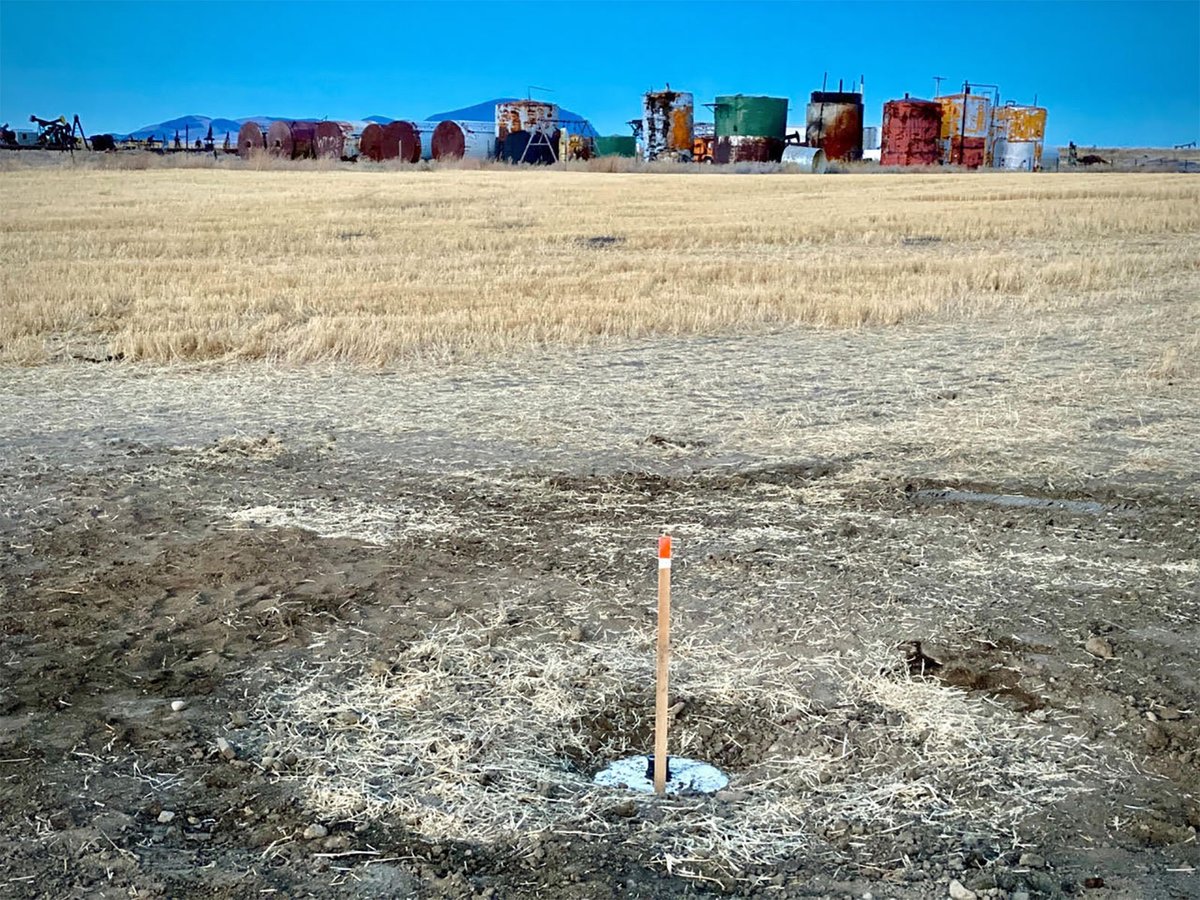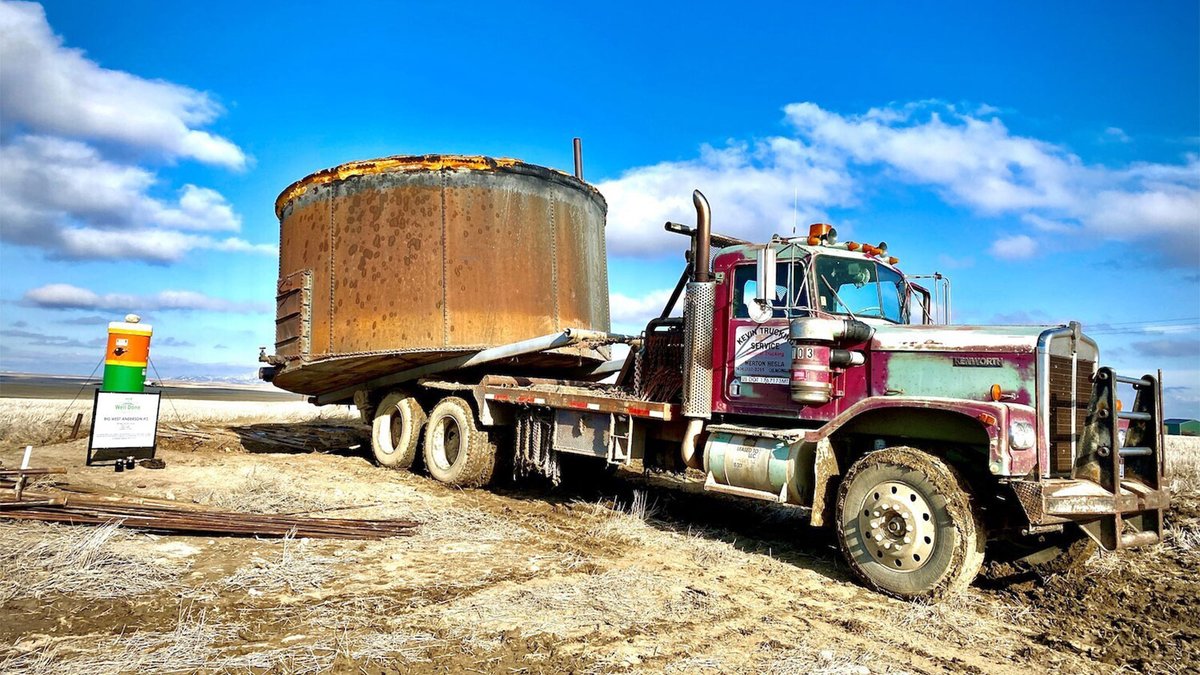1/ In 2018, there were more than 50,000 abandoned oil wells on state cleanup lists across the country and an estimated 200,000 to 750,000 more wells that weren’t in records.
And, if you include “idle” wells, the count reaches around 2.1 million. https://grist.org/energy/plugging-abandoned-oil-wells-carbon-offsets/
And, if you include “idle” wells, the count reaches around 2.1 million. https://grist.org/energy/plugging-abandoned-oil-wells-carbon-offsets/
2/ Why is this a problem?
When left unsealed, wells can become pathways for oil, gas, or briny water to migrate into groundwater and soil, becoming a hazard for wildlife, livestock, and unsuspecting humans. Worse, an unknown number of unplugged wells leak methane.
When left unsealed, wells can become pathways for oil, gas, or briny water to migrate into groundwater and soil, becoming a hazard for wildlife, livestock, and unsuspecting humans. Worse, an unknown number of unplugged wells leak methane.
3/ Methane is a powerful greenhouse gas, 86x more effective at heating up the planet than carbon dioxide over the first 20 years it’s in the atmosphere. And in high concentrations, methane carries a risk of explosion. https://grist.org/energy/plugging-abandoned-oil-wells-carbon-offsets/
4/ Nonprofits dedicated to plugging abandoned wells have popped up in oil states like OAP Fund in Oklahoma, Well Done Foundation in Montana, and Native State in Texas.
All three of which are founded by oil and gas industry insiders. https://grist.org/energy/plugging-abandoned-oil-wells-carbon-offsets/
All three of which are founded by oil and gas industry insiders. https://grist.org/energy/plugging-abandoned-oil-wells-carbon-offsets/
5/ The biggest issue in plugging wells is money. The number of wells has already ballooned far beyond what state budgets and manpower can handle.
The cost of plugging an oil or gas well varies, but states report average costs between $3,500 and $80,000 per well.
The cost of plugging an oil or gas well varies, but states report average costs between $3,500 and $80,000 per well.
6/ This summer, the House of Representatives introduced a bill that would provide states with $2 billion over 5 years to create jobs plugging abandoned wells. It passed with almost no Republican support, but has since stalled in the Senate. https://grist.org/energy/plugging-abandoned-oil-wells-carbon-offsets/
7/ Another funding avenue these nonprofits are exploring is the carbon market, where companies or individuals looking to neutralize their carbon footprint can purchase carbon offset credits, helping to fund projects that reduce emissions. https://grist.org/energy/plugging-abandoned-oil-wells-carbon-offsets/
8/ There’s still so much we need to learn about abandoned wells to help inform solutions:
 How many are there?
How many are there?
 What risks do they pose?
What risks do they pose?
 How much methane is coming out of them?
How much methane is coming out of them?
 How effective is plugging them with cement?
How effective is plugging them with cement?
 How many are there?
How many are there?  What risks do they pose?
What risks do they pose? How much methane is coming out of them?
How much methane is coming out of them?  How effective is plugging them with cement?
How effective is plugging them with cement?
9/ For now, these industry veterans are exploring every solution for the wells.
"Even if all of us were doing 100 or 200 or 300 or 500 wells a year, we’re still not gonna … you know, my grandkids could be doing this.” https://grist.org/energy/plugging-abandoned-oil-wells-carbon-offsets/
"Even if all of us were doing 100 or 200 or 300 or 500 wells a year, we’re still not gonna … you know, my grandkids could be doing this.” https://grist.org/energy/plugging-abandoned-oil-wells-carbon-offsets/
10/ Reporting like this is made possible by Grist readers like you! Support our in-depth, environmental journalism by donating today, for a limited time your gift will be doubled. #GivingNewsDay https://secure.actblue.com/donate/grist-give?refcode=fy21-w-social-twitter&amount=25&refcode2=7014T000000DXb5

 Read on Twitter
Read on Twitter





